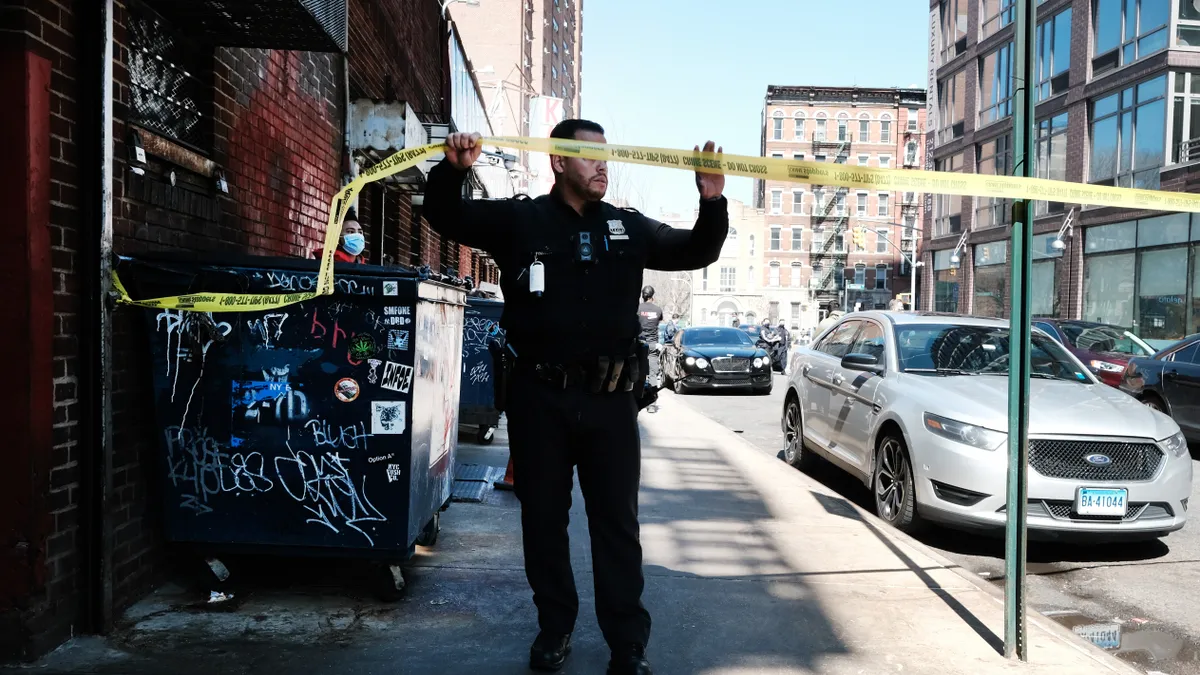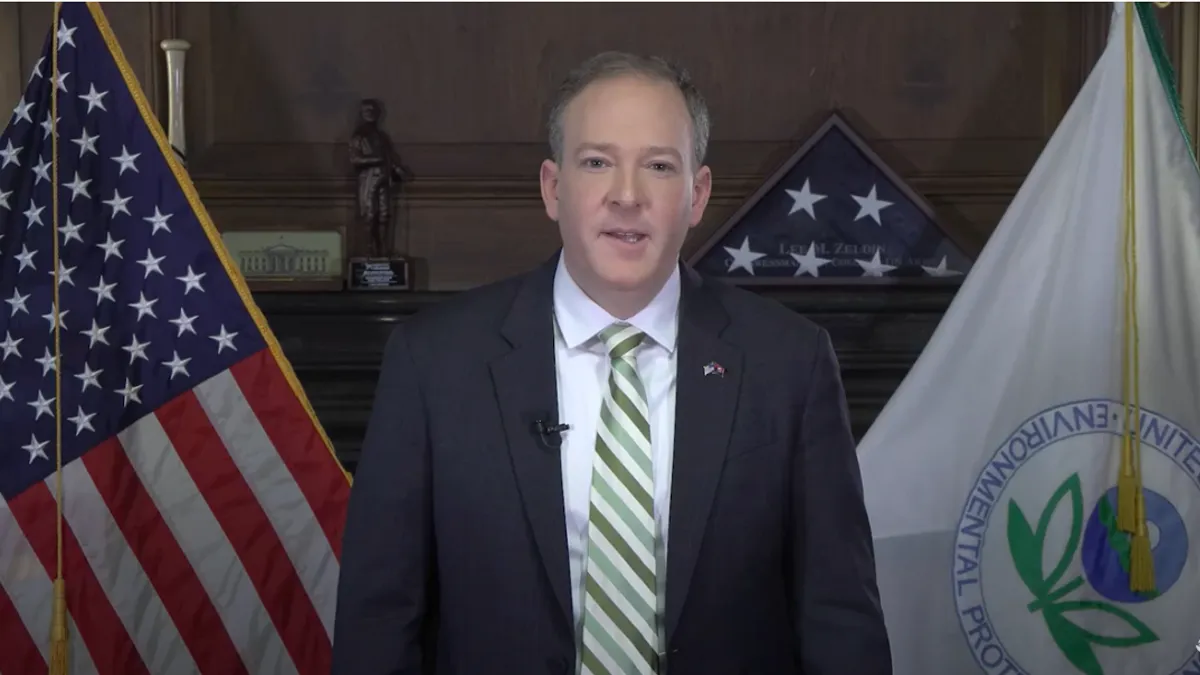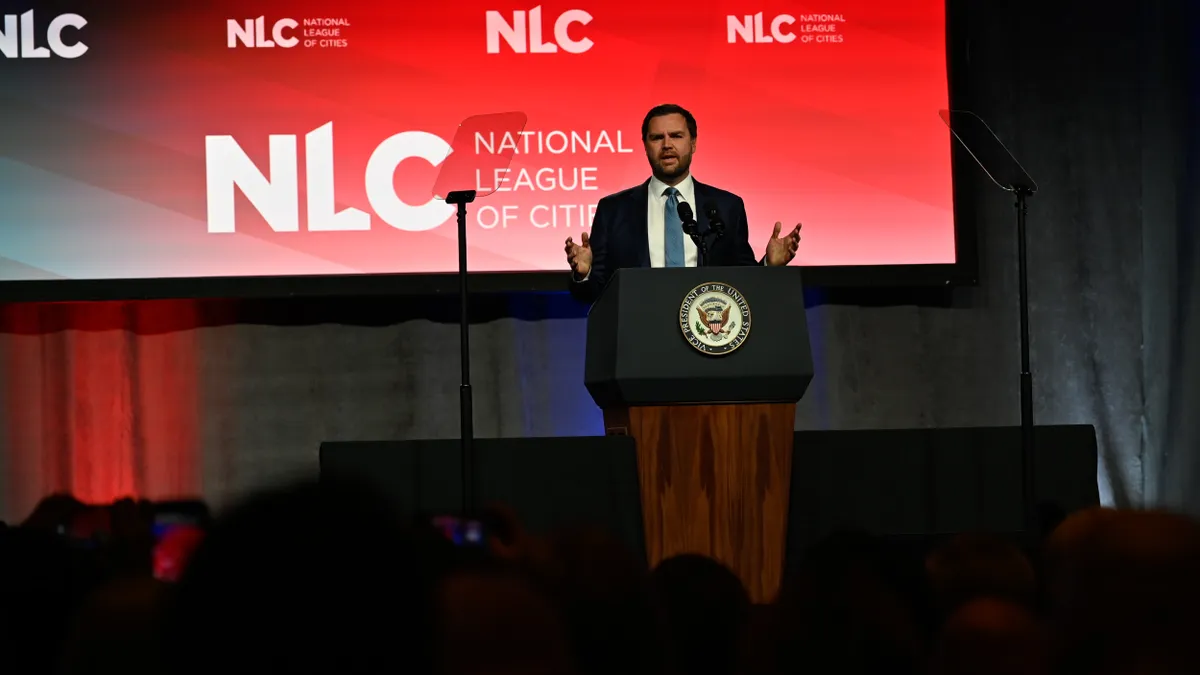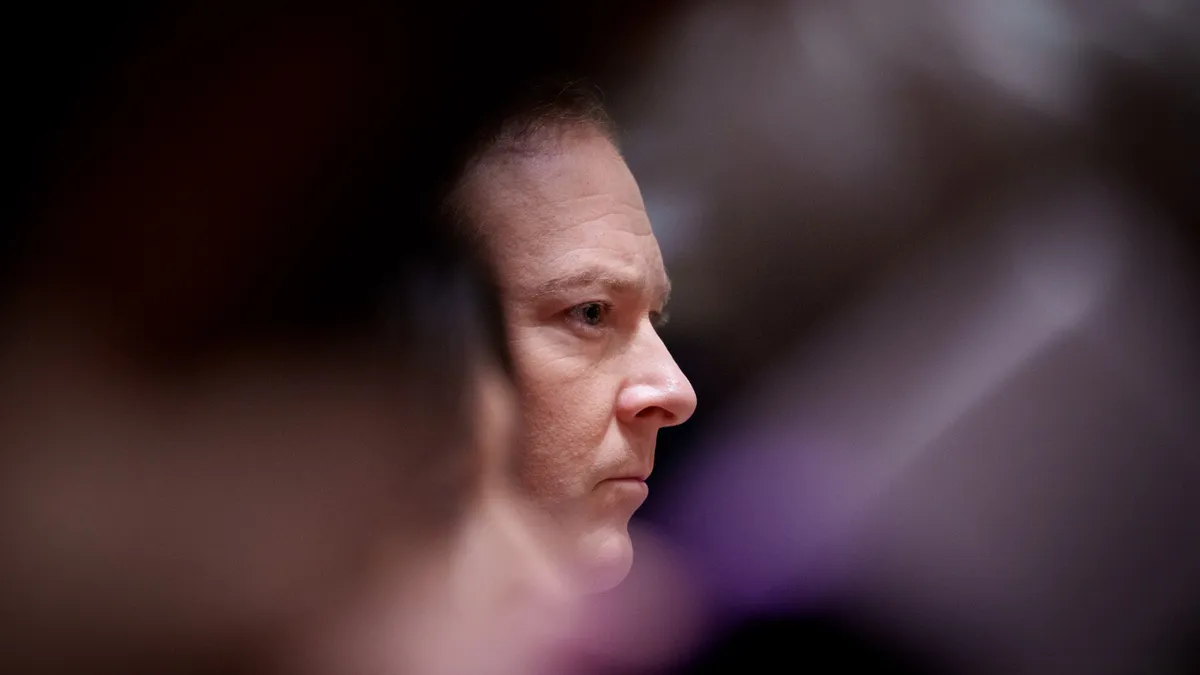In January, the San Jose, California, city council voted in favor of a first-in-the-nation solution to reduce gun violence: It would require insurance and annual fees for gun ownership.
The proposed liability insurance would cover damage caused by firearms, and the $25 annual fee – potentially raising roughly $1.3 million each year – would fund a nonprofit foundation committed to reducing gun violence.
Under the ordinance, specified actions such as taking gun safety classes, using trigger locks and implementing proper storage could lower insurance premiums. Police officers could ask for proof of insurance in their normal course of duty from the up to 55,000 San Jose households that own guns. After a perfunctory second reading on Feb. 8, the law will go into effect six months later, in early August.
San Jose Mayor Sam Liccardo said in an email interview that while his city’s approach is new, it’s modeled after a long-standing precedent: using insurance to create incentives for safe behavior, like auto insurance incentivizing the purchase of cars with more airbags and the use of seat belts. The city’s initiative could also offer a potential path forward for other local governments grappling with the effects of gun violence.
“If we’re going to stick our necks out to do something impactful, let’s know that it will actually directly reduce harm,” Liccardo said. “The dollars will be focused on violence-prevention initiatives that serve gun owners and their families because the epidemiological data overwhelmingly shows that the risk of dying or becoming injured from gunfire increases dramatically for occupants of gun-owning households.”
San Jose, the 10th largest city in the U.S., has been the site of three mass shootings over the last three years. Over 200 people are killed or injured from gunfire each year in the city, costing the municipality up to $442 million in losses. But the impact of gun violence is felt nationwide. Firearms are the second leading cause of death for children under age 19, and 34 mass shootings occurred in over a dozen states in January 2022 alone.
States with strong gun laws have significantly lower rates of gun-related deaths and injuries, according to Eugenio Weigend, research director on gun violence prevention at the nonpartisan policy institute Center for American Progress. Whether the San Jose proposal will reduce gun violence remains to be seen, "but I think the objective is to protect victims, and I think in that regard, it's a good idea," Weigend said.
San Jose’s proposal may be the most unique ordinance in a nationwide spate of new programs for gun violence prevention following an influx of funding from the American Rescue Plan.
In Syracuse, New York, Mayor Ben Walsh announced a new gun prevention office. In Orlando, Florida, the Families, Parks and Recreation Department and the Orlando Police Department launched a new community-based violence intervention program designed to identify likely perpetrators and victims of gun violence and use “neighborhood change agents” to communicate with them to reduce risk. And in New York City, Mayor Eric Adams unveiled “The Blueprint to End Gun Violence” which includes putting more officers on patrol and creating new opportunities for young people.
The Biden administration also continues to call on Congress to enact more “common-sense gun reforms,” including requiring background checks, banning assault weapons and eliminating immunity for gun manufacturers.
“It’s very difficult to get anything done in the federal government, guns or no guns,” said Daniel Webster, director of the Center for Gun Violence Prevention and Policy at John Hopkins University. “The way our government is quite divided, the Biden administration is going to have to do whatever it’s going to do through executive actions rather than through legislation.”
On Feb. 3, President Biden traveled to New York Police Department headquarters, where he reaffirmed his support for law enforcement and announced an increased investment to confront gun violence. “The answer is not to defund the police,” Biden told the crowd, parroting a new wave of increased law enforcement following calls for budget cuts in 2020. “It’s to give you the tools, the training, the funding to be partners, to be protectors.”
He urged Congress to pass his $300 million budget to expand accountable community policing through the COPS Hiring Program – a Justice Department initiative to hire and/or retain more officers – and a $200 million investment in evidence-based community violence intervention programming.
Webster says the most effective policies to reduce gun violence require firearm purchases to be licensed through a law enforcement agency.
Some U.S. residents balk at such gun laws, though. According to a Gallup poll from late 2021, only 52% of U.S. residents want to see stricter gun laws. U.S. residents are also buying more guns than ever before.
San Jose’s ordinance has already received some pushback. After Liccardo’s June 2021 announcement of the local ordinance, the National Foundation for Gun Rights filed a lawsuit against the city. The suit argues that the tax is “patently unconstitutional” because penalties for nonpayment of insurance and fees “include seizure of the citizen’s gun.”
But according to Liccardo, the law doesn’t impose seizure of guns as a penalty. Because the city’s fee is “modest and does not impose an undue burden on the exercise of the constitutional right,” he said he expects the courts to uphold the law.
He also said that while there isn’t any polling to determine if residents favor the ordinance, his anecdotal interactions show that there is support. “After they learn that as taxpayers, they’re subsidizing the public cost of responding to gun-inflicted injuries and deaths to the tune of $1.4 billion in California alone, suddenly, it doesn’t seem unreasonable that gun owners bear a fairer share of that cost,” he said.
Webster said he isn’t sure how the courts will react to San Jose’s law. “We’re in new terrain here,” he said. “We haven’t seen these kinds of laws, so we don’t have much evidence on their effectiveness, nor do we have information from courts that will let us know how they’ll rule.”
But if lawsuits fail, and analysis shows the law results in a reduction in gun violence costs and an increase in victim compensation, Weigend said he “absolutely” expects to see a replication of the San Jose ordinance in other places.


















